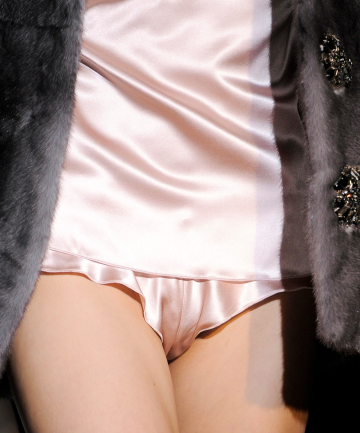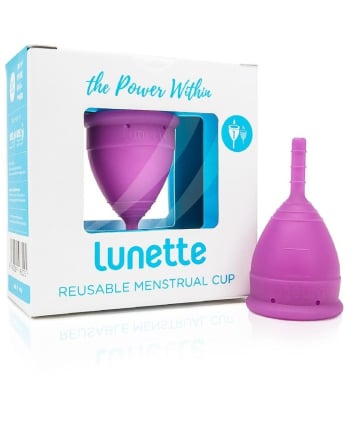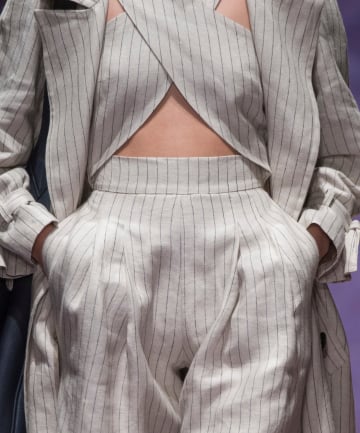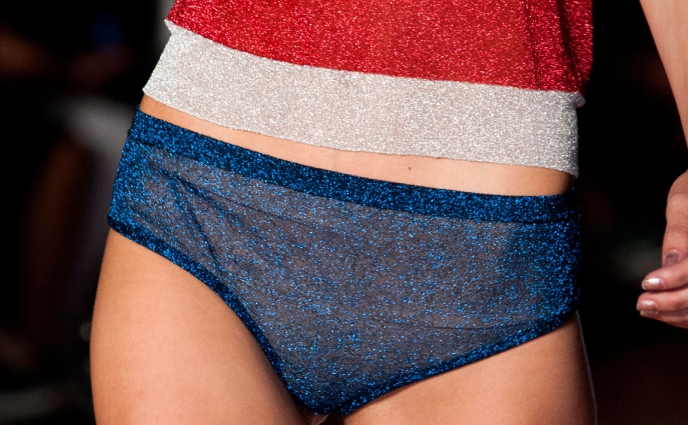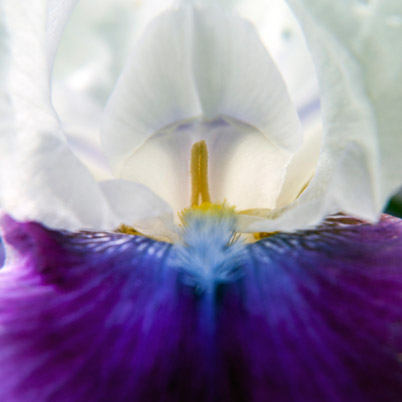More and more women are switching to menstrual cups, and they claim that Aunt Flo's monthly visits have never been easier. (In case you haven't heard of them — though we're guessing you have — a menstrual cup is, well, a silicone cup designed to catch menstrual fluid, thus negating the need for the traditional tampons or pads.)
Though the concept can seem daunting, they're actually not much more difficult to insert than a tampon. Yes, you have to be "comfortable" with yourself, but once inserted, the cup should form a seal that prevents leaks. They can stay in place for up to 12 hours and when used correctly, they don't even feel uncomfortable.
Not quite convinced yet? Keep on reading to see 11 more reasons why you might want to consider making the switch.
Image via Imaxtree
Though the concept can seem daunting, they're actually not much more difficult to insert than a tampon. Yes, you have to be "comfortable" with yourself, but once inserted, the cup should form a seal that prevents leaks. They can stay in place for up to 12 hours and when used correctly, they don't even feel uncomfortable.
Not quite convinced yet? Keep on reading to see 11 more reasons why you might want to consider making the switch.
Image via Imaxtree
A box of tampons usually cost around $7. Which doesn't sound like a lot, but if you're changing them, say, four times a day, that comes out to about a box per month, which in turn adds up a total of $84 a year. Repeat ad infinitum (or until menopause, anyway).
Now, compare that to buying a menstrual cup, which generally costs around $30 and could last up to a decade... that's a lot of $$$ saved in your lifetime.
Try: Lunette Menstrual Cup, $39.99
Now, compare that to buying a menstrual cup, which generally costs around $30 and could last up to a decade... that's a lot of $$$ saved in your lifetime.
Try: Lunette Menstrual Cup, $39.99
Obviously, if you only need one menstrual cup for the next decade, you won't have to make the trek to the pharmacy every month just to purchase a box of tampons or pads. Even if you wish to replace your cup every year, you'll still be making way less pharmacy runs. Time and effort, saved!
Image via Imaxtree
Image via Imaxtree
On average, a woman uses 11,000 to 16,000 tampons during her lifetime... and all of them end up in a landfill, where they'll be degrading for centuries. (Yes, they're going to outlive you.) A reusable alternative like a menstrual cup is a much more sustainable option.
Image via Imaxtree
Image via Imaxtree
Earlier, we mentioned how a menstrual cup, when inserted correctly, creates an airtight seal. This helps prevents your most dreaded leaks because all the fluid goes directly into it. That's in stark contrast to tampons and pads, which both have an unfortunate tendency to leak.
Image via Imaxtree
Image via Imaxtree


